Joseph McNeill Whistler, Mrs Anna Lea Merritt and the Colliers all lived on this prestigious street and the surprisingly unlisted No. 50 provides the perfect blank canvas for a creative family's dreams.
In the 60 years leading up to the First World War, the rise of professionalism among artists saw a burgeoning demand for large and luxuriously fitted studio houses within areas of London close to the West End and the haunts of the wealthy picture-buying public. And one such home is on the market now: 50 Tite Street, for sale through Strutt & Parker at a guide price of £9.85 million,
Picturesque Chelsea already had its fair share of resident artists who were attracted to the area by its charm and cheapness compared with more fashionable areas of central London, but it wasn’t until the late 1870s, when sites along the newly created Chelsea Embankment and Tite Street became available, that the majority of studio-houses – their styles as distinctive as their occupants – were built.
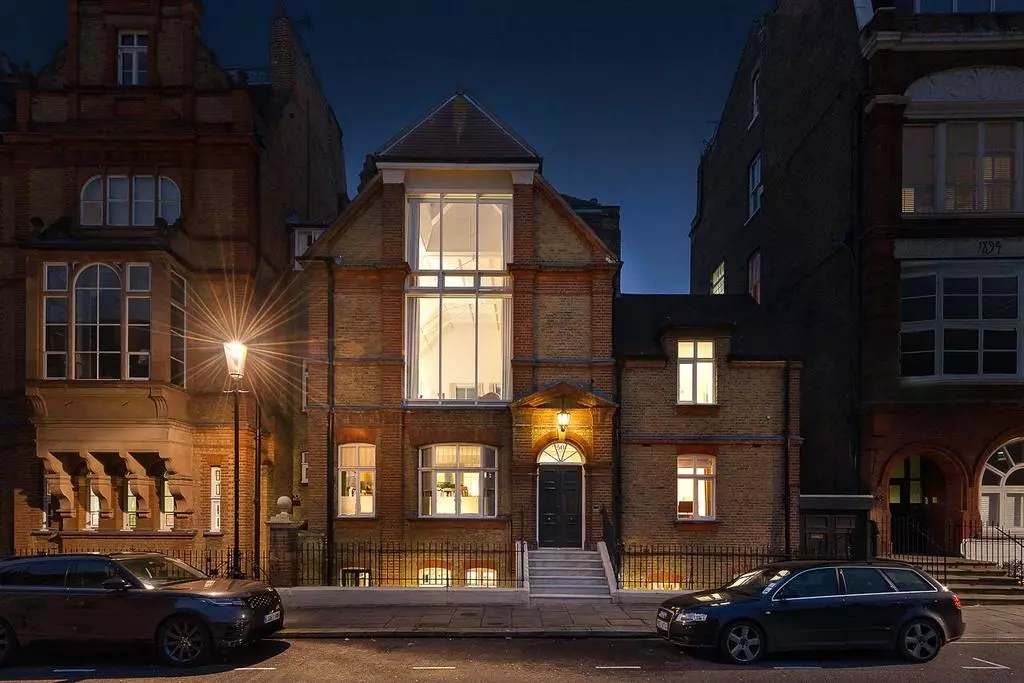
The riverfront houses were way too expensive for most budding artists, but, around the corner in Tite Street, American artist Joseph McNeill Whistler, his friends and fellow aesthetes were creating a fashionable new bohemian quarter all of their own.
For Oscar Wilde, Tite Street was the ‘street of wonderful possibilities’, where, in the early 1880s, he joined his friend, Frank Miles, at No 44 and, in 1884, met Lord Alfred Douglas, resulting in the disastrous liaison that eventually led to his trial and incarceration in Reading Gaol.
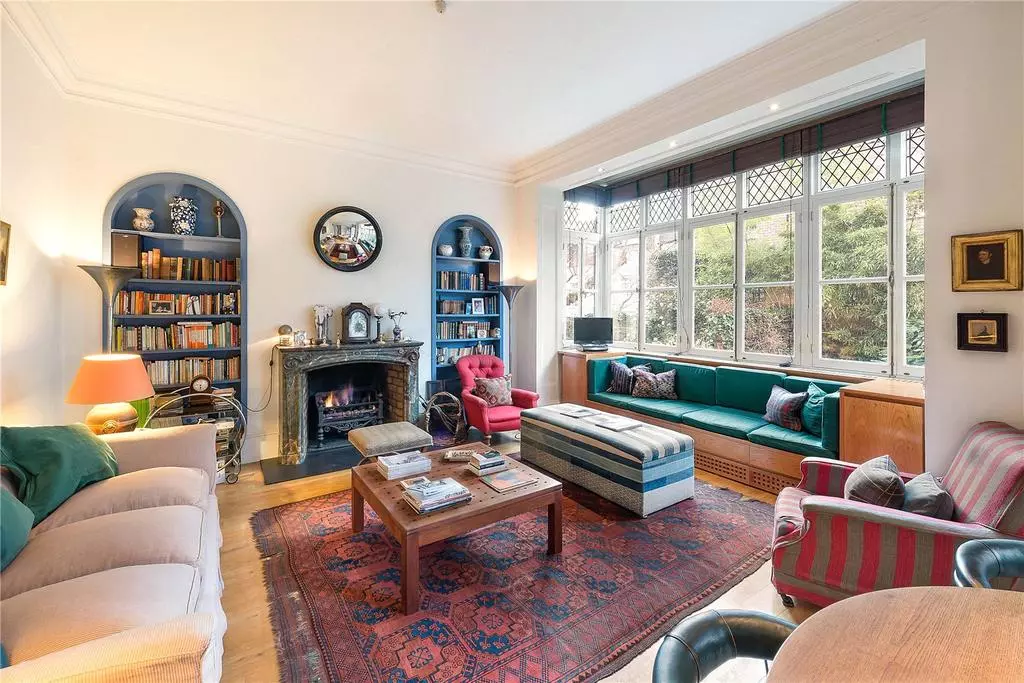
No 31 was the studio of the successful American portrait painter John Singer Sargent, who bought it in 1901. The plots opposite, at Nos 50 and 52, were purchased by Mrs Anna Lea Merritt, a widowed American painter, and her friends John and Marion Collier, both professional artists, who commissioned Marion’s brother-in-law Frederick Waller to design a pair of studio-houses in 1881–82.
Mrs Merritt occupied No 50, which she called the The Cottage.
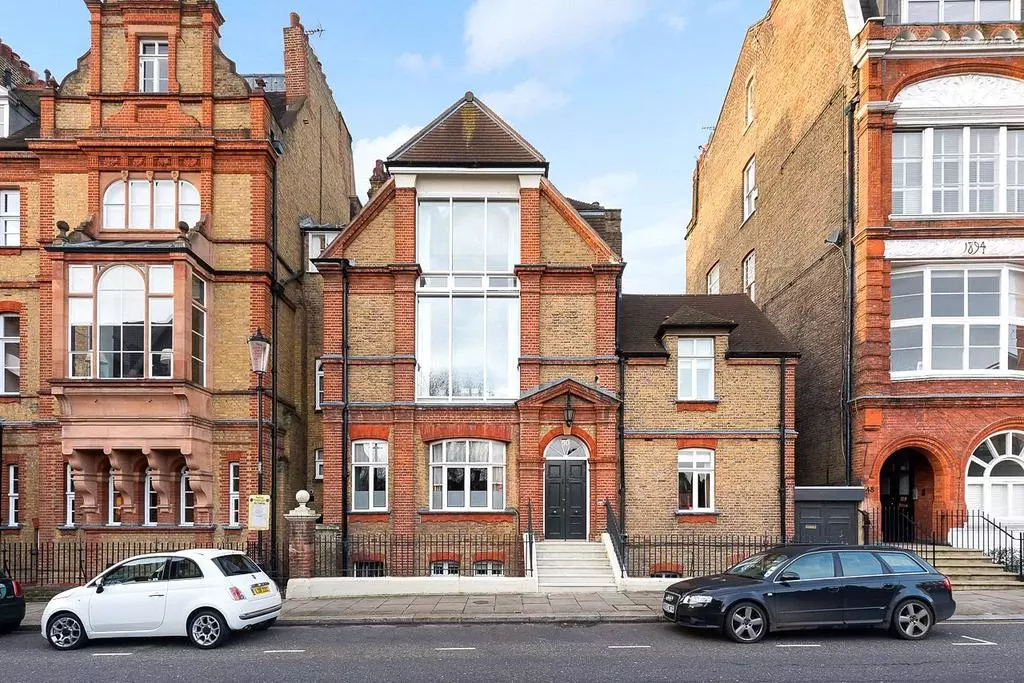
According to her biography from the National Museum of Women in the Arts, Washington DC, Merritt was born into an affluent Quaker family and received a thorough grounding in politics, the Classics, languages, mathematics and music. Initially a self-taught painter, she later studied anatomy at medical school and, following the family’s move to Europe, took art lessons with various masters in Italy, Germany and France.
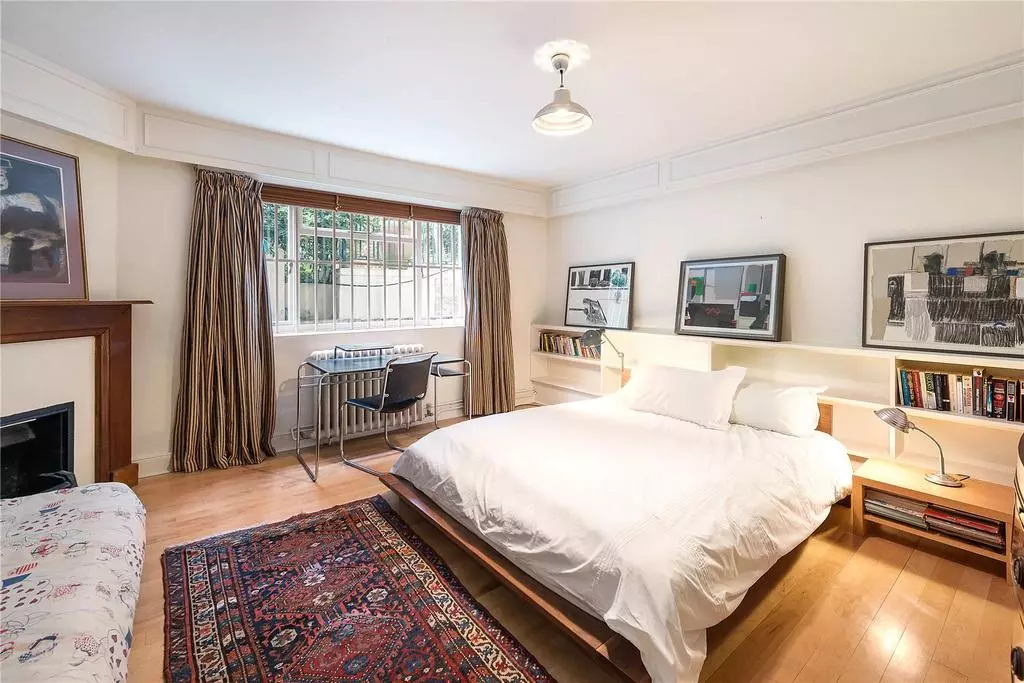
In 1870, the family moved to London to escape the Franco-Prussian War. Here, the artist ‘lived by her brush’ under the tutelage of the painter and picture-restorer Henry Merritt, whom she married in April 1877, but tragically lost when he died three months later.
Although Merritt struggled to earn a living in the largely male-dominated world of the Arts, she still achieved international recognition, exhibiting regularly at the Pennsylvania Academy of the Fine Arts, at the Royal Academy and at the Paris Salon. Her best-known work remains Love Locked Out, a poignant portrayal of Cupid standing in front of a locked door – a tribute to her lost husband – which was exhibited at the Royal Academy in 1890 and now hangs in Tate Britain.
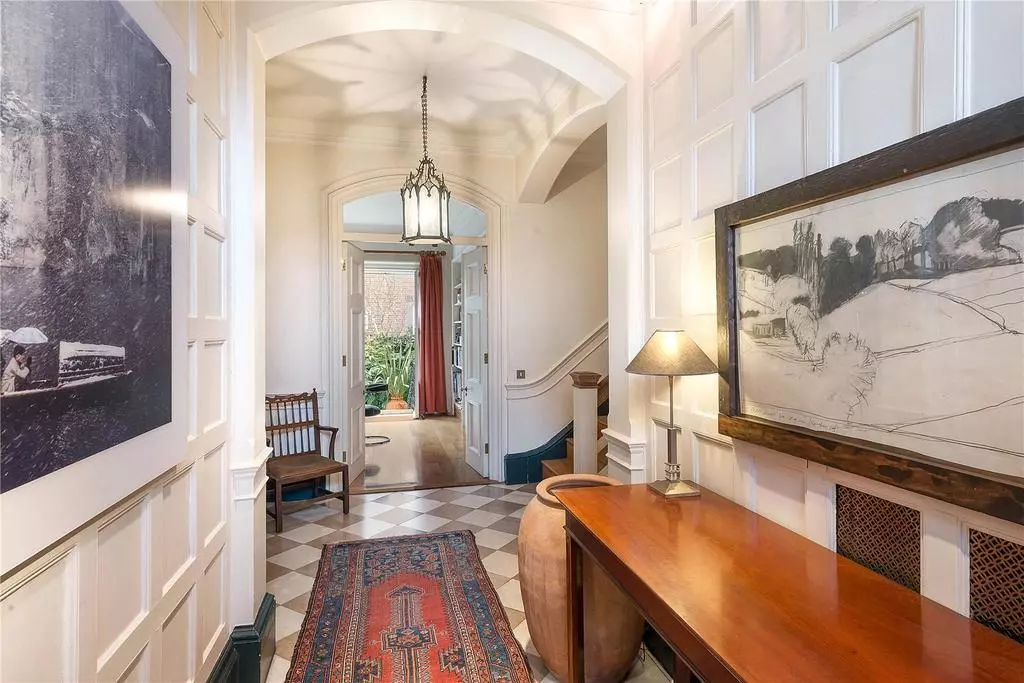
Merritt never once regretted the move to her Tite Street studio, where, she said, ‘the light and space were just what [I] needed and the benefit was at once evident in my work’.
The same light and space have been no less appreciated by the current owners of 50, Tite Street, whose much-loved family home it has been for the past 36 years. The spectacular, 44ft-wide, double-fronted house – the only double-fronted studio-house in the street and a Chelsea landmark – offers more than 4,770sq ft of lateral living space on three floors, with a reception room, dining room, kitchen/breakfast room and bedroom on the raised ground floor and a charming paved garden beyond.
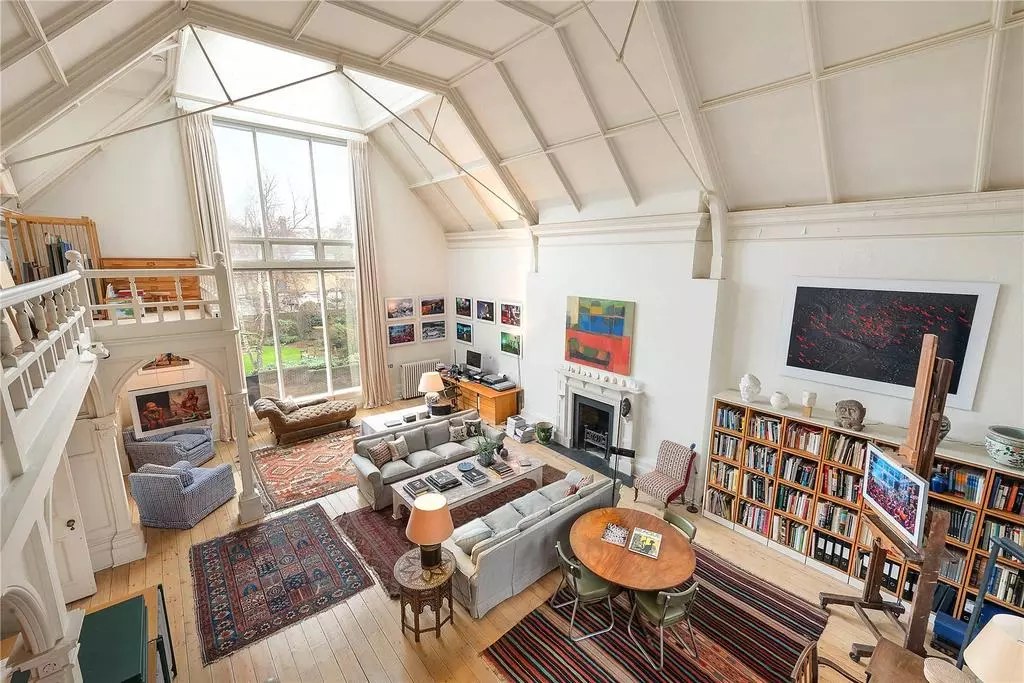
A wide staircase leads to the first floor, the huge, high-ceilinged, studio drawing room and the master bedroom, which is complemented by a large en-suite bathroom with a view of the garden. The lower-ground floor – the domain of the owners’ two sons – comprises a reception room/snug and three further bedrooms and bathrooms.
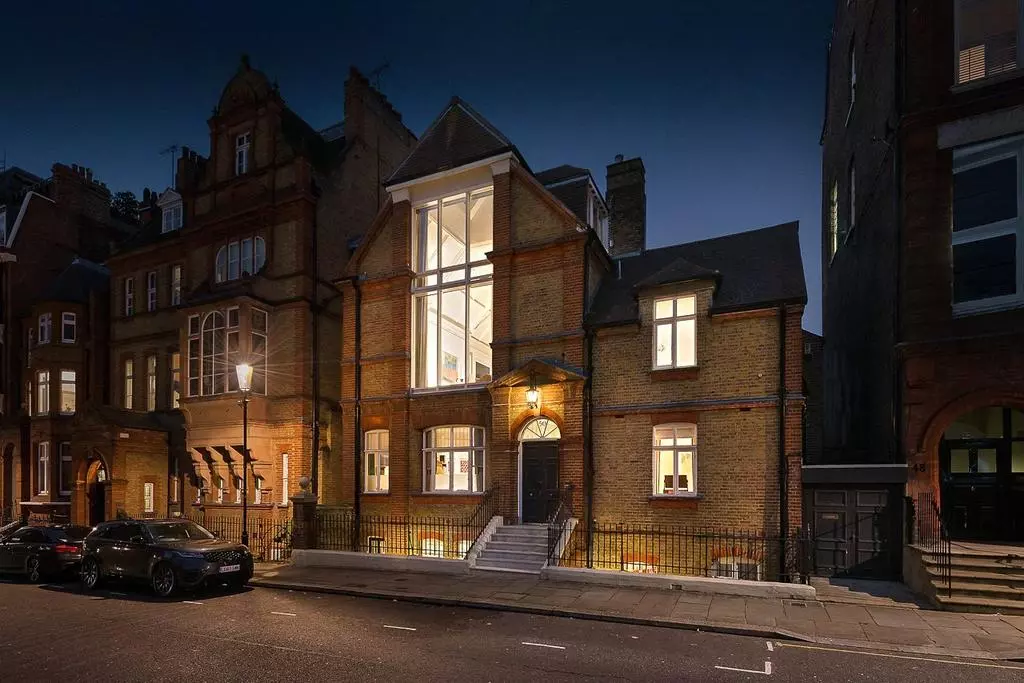
Now that their boys are grown up, the owners have opted to downsize in London and upsize in the country, reveals Edward Thomson of Strutt & Parker, adding that this unlisted and little altered place ‘offers a blank canvas for a new owner to make it their own.’

The eight trends that’ll define the London property market in 2019
The city scene is ever-changing and this next year will be no different, with a predicted rise in demand for





